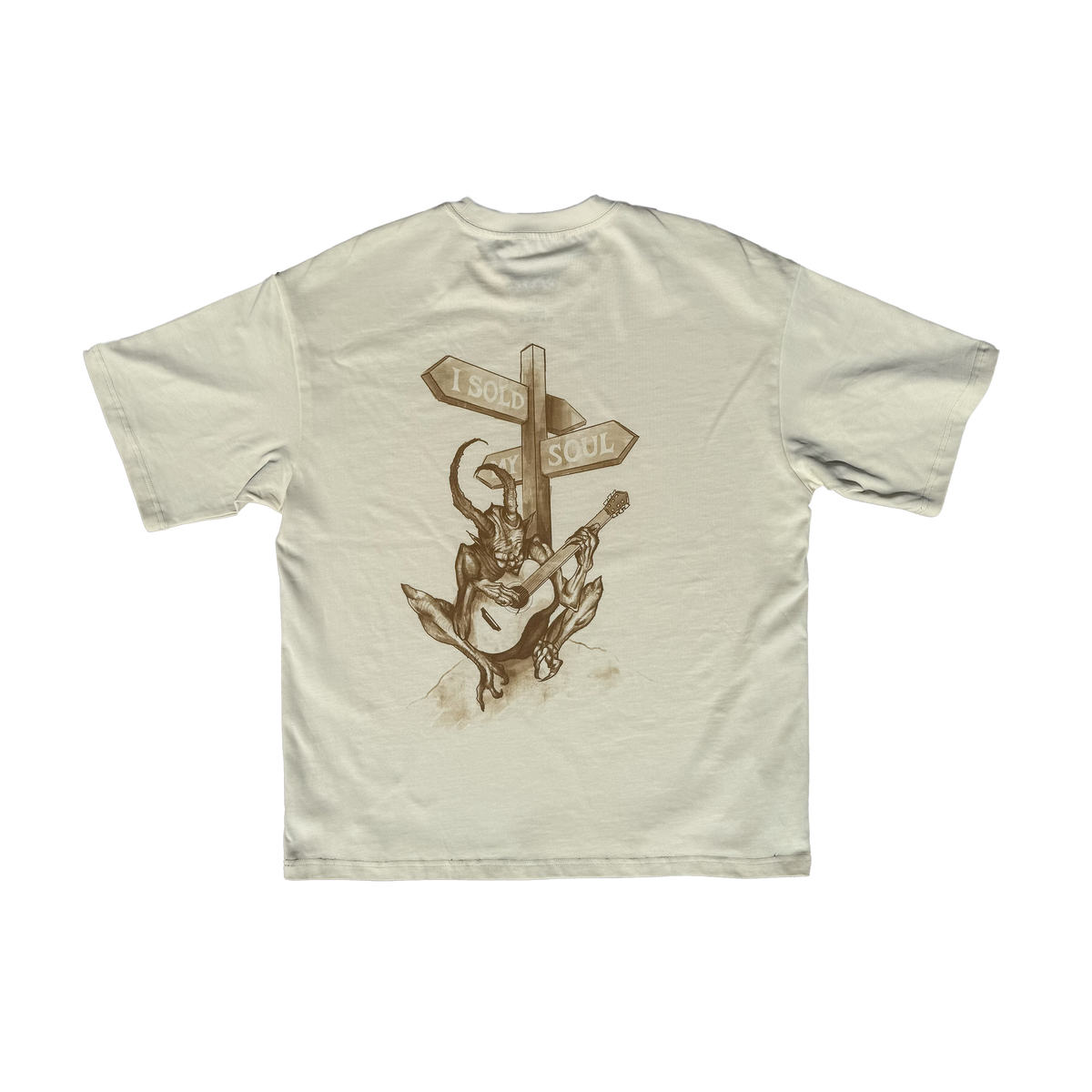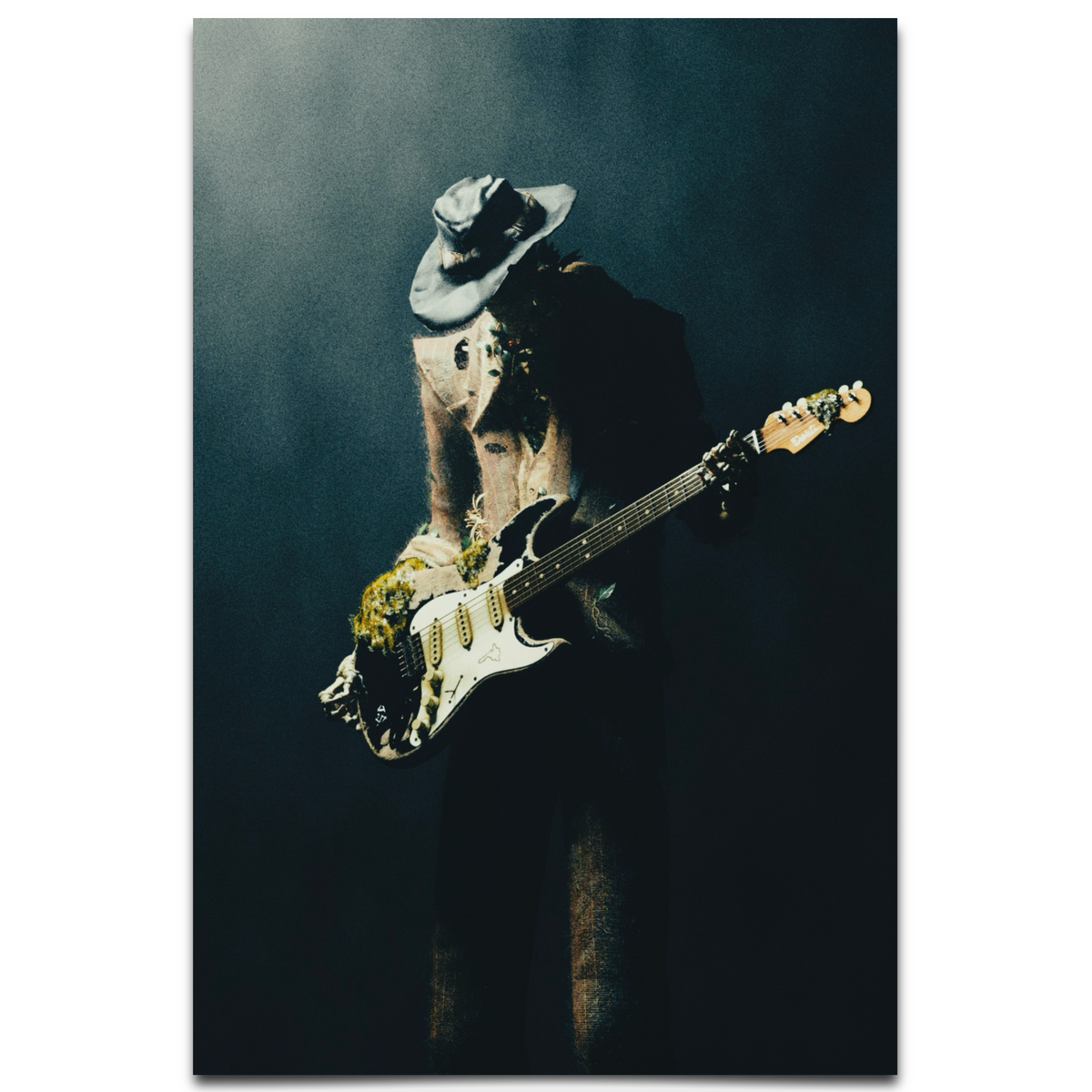If you’re new to music or learning to play the guitar, you might’ve heard of the “musical alphabet.” It’s a fundamental concept that helps musicians understand notes, scales, and how instruments like the guitar are structured. In this post, we’ll break down what the musical alphabet is and how it directly applies to the guitar fretboard.
What Is the Musical Alphabet?
The musical alphabet is the foundation of music theory, consisting of seven letters: A, B, C, D, E, F, and G. These letters represent the natural notes in Western music. Unlike the regular alphabet, the musical alphabet loops back to A after G, forming a repeating cycle. This cycle is the basis for scales, chords, and melodies. Beyond these natural notes, there are also sharps (#) and flats (b), which are the notes in between, but the core alphabet focuses on the seven main letters.
How Does It Apply to the Guitar Fretboard?
The guitar fretboard might look like a maze at first, but the musical alphabet gives it structure. Here’s how it works:
- Strings and Tuning: A standard guitar has six strings, typically tuned to E, A, D, G, B, and E (from lowest to highest pitch). These open strings are your starting points, and each one corresponds to a letter in the musical alphabet.
- Moving Along the Fretboard: As you press down on the frets (the metal bars on the neck), you move through the musical alphabet. Each fret represents a half-step up in pitch. For example, on the low E string, the open string is E, the first fret is F, the second fret is F#, the third fret is G, and so on.
- Repeating Cycle: Once you reach G on any string, the next note (after G#) loops back to A. This cycle repeats up the fretboard, usually up to the 12th fret, where the notes start over an octave higher (e.g., the 12th fret on the low E string is another E).
- Finding Notes: Knowing the musical alphabet helps you locate any note on the fretboard. For instance, if you’re looking for a C note, you can start from any open string, count up through the alphabet, and find where C sits on each string.
Why It Matters for Guitarists
Understanding the musical alphabet isn’t just theory—it’s practical. It helps you learn scales (like the major or minor scale), build chords, and even improvise solos. For beginners, memorizing where notes fall on the fretboard using this alphabet is a first step to navigating the guitar confidently. Over time, patterns (like the repeating cycle every 12 frets) start to make sense, and you’ll “see” the music on your instrument.
Quick Tip for Learning
Start by memorizing the notes on the low E (6th) and A (5th) strings, as many songs and riffs use these as anchors. Use a simple fretboard diagram or app to map out the musical alphabet visually. Practice saying the notes aloud as you play them—repetition is key!
In short, the musical alphabet is your roadmap to the guitar fretboard. Once you grasp this repeating cycle of A through G, you’ll unlock a deeper understanding of how music connects to your instrument. Keep practicing, and soon navigating the fretboard will feel like second nature!
























